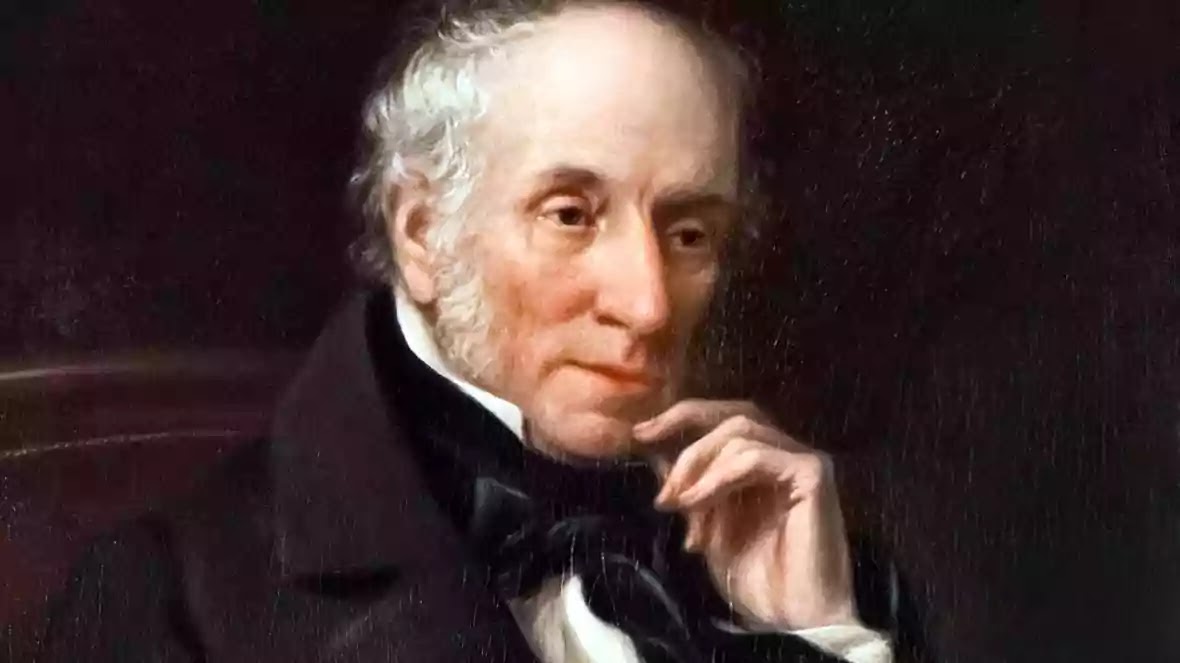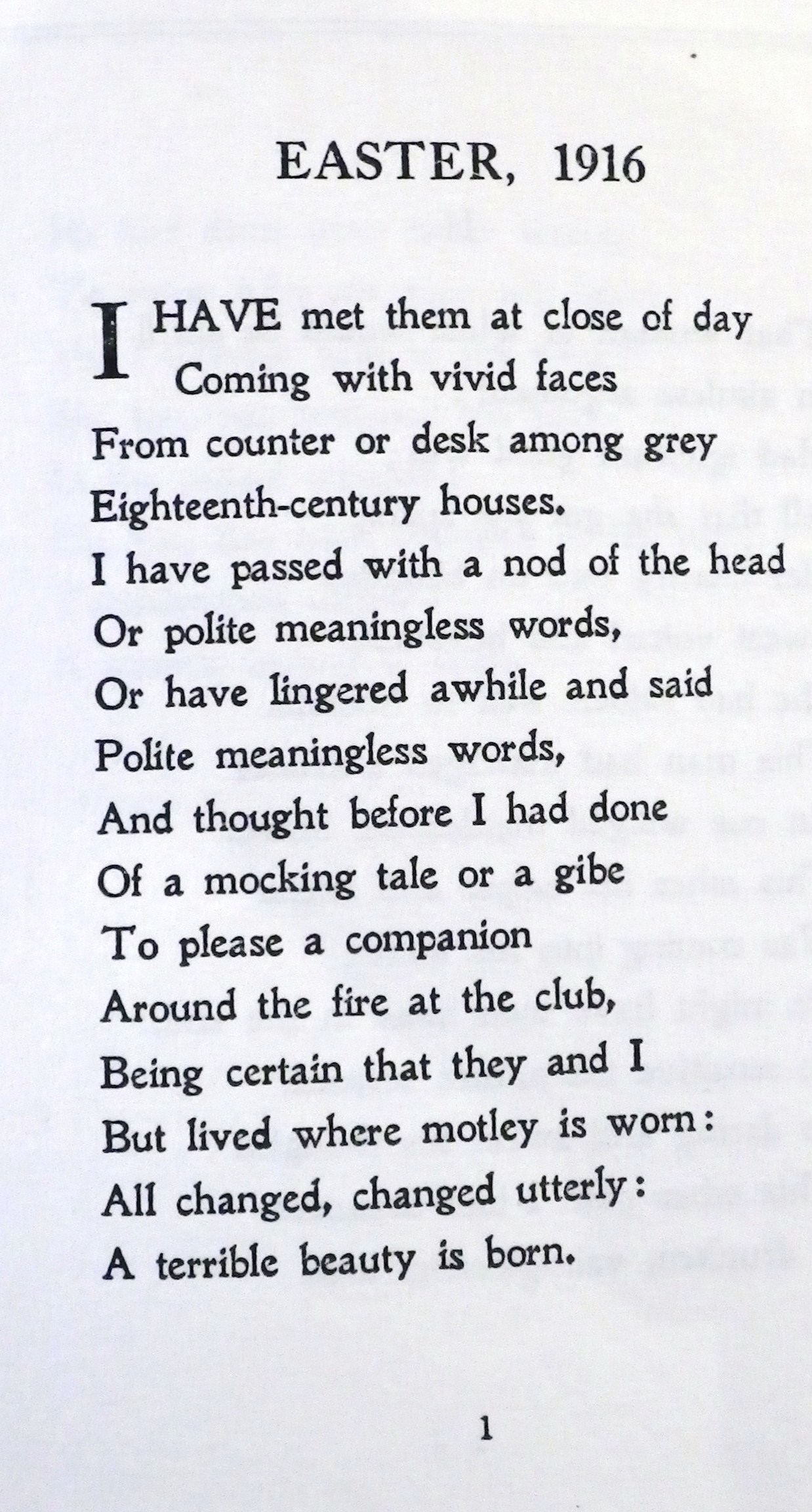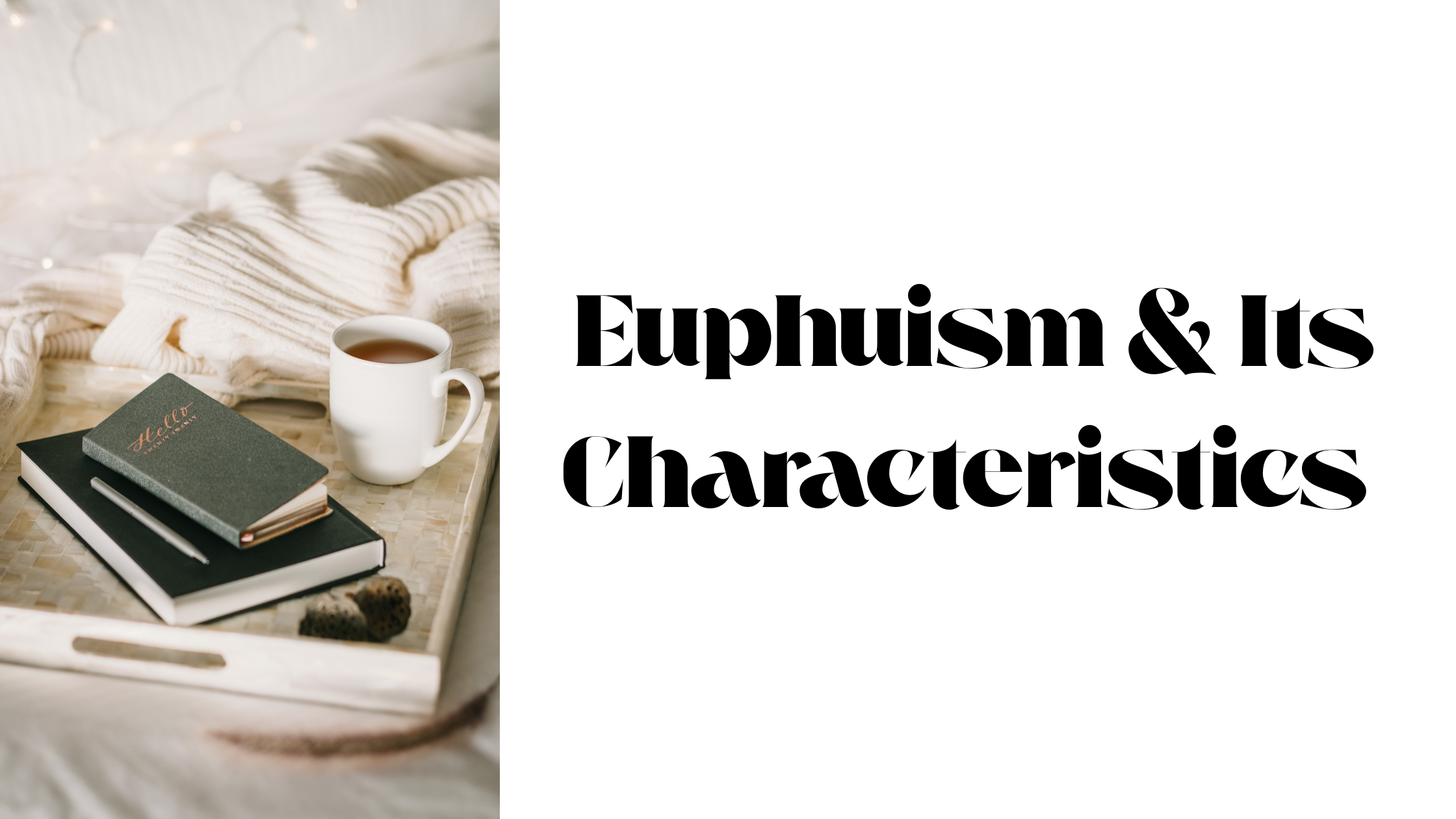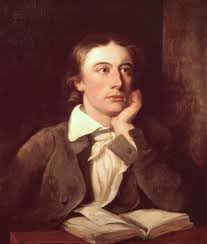Lines Composed a Few Miles above Tintern Abbey or simply Tintern Abbey is, like William Wordsworth’s The Prelude, a sort of poetical autobiography. Of course, this is no total autobiography of the poet’s life and activities. It is rather a poetical record of the poet’s intimate relation with Nature all through his life. From this angle, Tintern Abbey may well be taken as the poetical autobiography of Wordsworth’s emotional response and attitude to the appeal of Nature in different stages of his life- his boyhood, youth, and manhood. In fact, the poem, like The Prelude, traces the growth of his poetic soul in relation to the world of Nature, seen, perceived, and even imagined by him in course of his life.
The composition of the poem is based on an experience that the poet had. While Wordsworth and his sister Dorothy were making a tour, they arrived, in the course of their travel, at Tintern and Chepstow on July 17, 1798. It was while visiting Tintern Abbey that Wordsworth composed this magnificent poem one day. The place, previously visited by him alone, some five years back in 1793, had cast a deep impression on his mind, and the present visit served to confirm the same. The poem, indeed, was inspired by the poet’s personal experience, and remains autobiographical. It lights up, to a very great extent, the man in Wordsworth, particularly the lover of Nature in him. Referring to this poem, Mr. Myers, one of the most profound of Wordsworthian critics, observes: “The Lines Written Above Tintern Abbey have become, as it were, the locus classicus, or concentrated formulary of Wordsworthian faith. They say in brief what is the worth of the poet’s biographer to say in detail.” That the poem bears an intensely personal element is well and distinctly borne out here.
The essence of romantic poetry is felt much in its subjectivity. The critic (Myers) emphasises rightly the subjective aspect of Wordsworth’s poetry, which is one of the chief distinguishing characteristics of his romantic genius. This long poem is entirely autobiographical in its implications, although the information it provides refers more to the poet’s internal circumstances and less to their external ones. It may, therefore, be better regarded as a spiritual and moral autobiography of the poet in Wordsworth. The period when Wordsworth composed these lines can be taken as the seed time of his ethical and spiritual ideas, as well as his poetic temperament. This developed into blossom and fruit in the ensuing period of his long life, but the seeds of all these were sown at a very early age. The poem is a practical manifestation of this poetic growth.
Furthermore, the poem reveals Wordsworth’s deep love for his sister and the influence she had on him. The poet declares in his poem that the whole scene is doubly dear to him on account of his sister’s association with it. More than this, the poet asserts that even if Nature had not taught him the lesson of sobriety and wisdom, his sister’s presence near him would replace that want, and that joy would be his so long as he remembered her. The last portion of the poem is entirely addressed to her. The poet’s intense yearning for beholding in her what he once was is intimately personal:
Oh! yet a little while
May I behold in thee what I was once.
The concluding address contains the poet’s frank confession of his unfailing attachment and dedication to Nature as her tireless devotee and worshipper
…….. and that I, so long
A worshipper of Nature, hither came
Unwearied in that service; rather say
With warmer love-oh! with far deeper zeal
Of holier love.
All this testifies more than enough to the autobiographical aspect of the poem.








